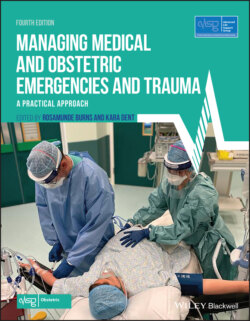Читать книгу Managing Medical and Obstetric Emergencies and Trauma - Группа авторов - Страница 46
2.8 Quality of care
ОглавлениеThe CEMD assessors try to be realistic when assessing the quality of care, and now focus attention on whether improvements in care could have been expected to affect the outcome, rather than grading care as substandard. The proportion of deaths where improvements in care could reasonably have been expected to affect outcome was 51% in the 2020 report, while 29% were considered to have good care. The main shortcomings remain: lack of clinical knowledge and failure to recognise high‐risk clinical signs, and failure to identify very sick women with failure to escalate to senior support or sufficiently rapidly to other specialists.
In recent years, hospitals have undertaken their own investigations of ‘serious untoward incidents’ and these reports have been made available to the CEMD. The quality of these reports has been highly variable and a previous report commented that some were, ‘Not worth the paper they were written on and a few [were] actually whitewashes or cover‐ups for unacceptable situations.’ Learning lessons from maternal deaths is not easy when they occur in your own hospital. MBRRACE‐UK has made specific recommendations about these local reviews since 2015, including the recommendation that there are external panel members to ensure local review is robust and lessons are learned.
